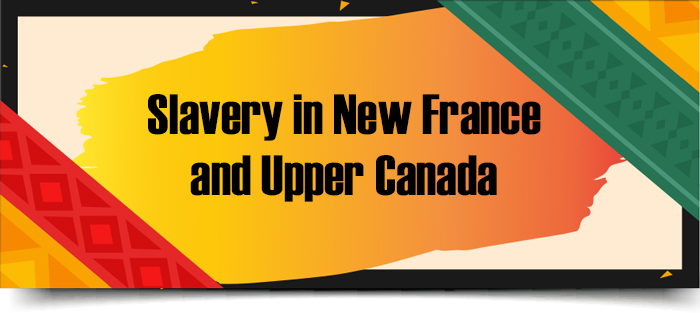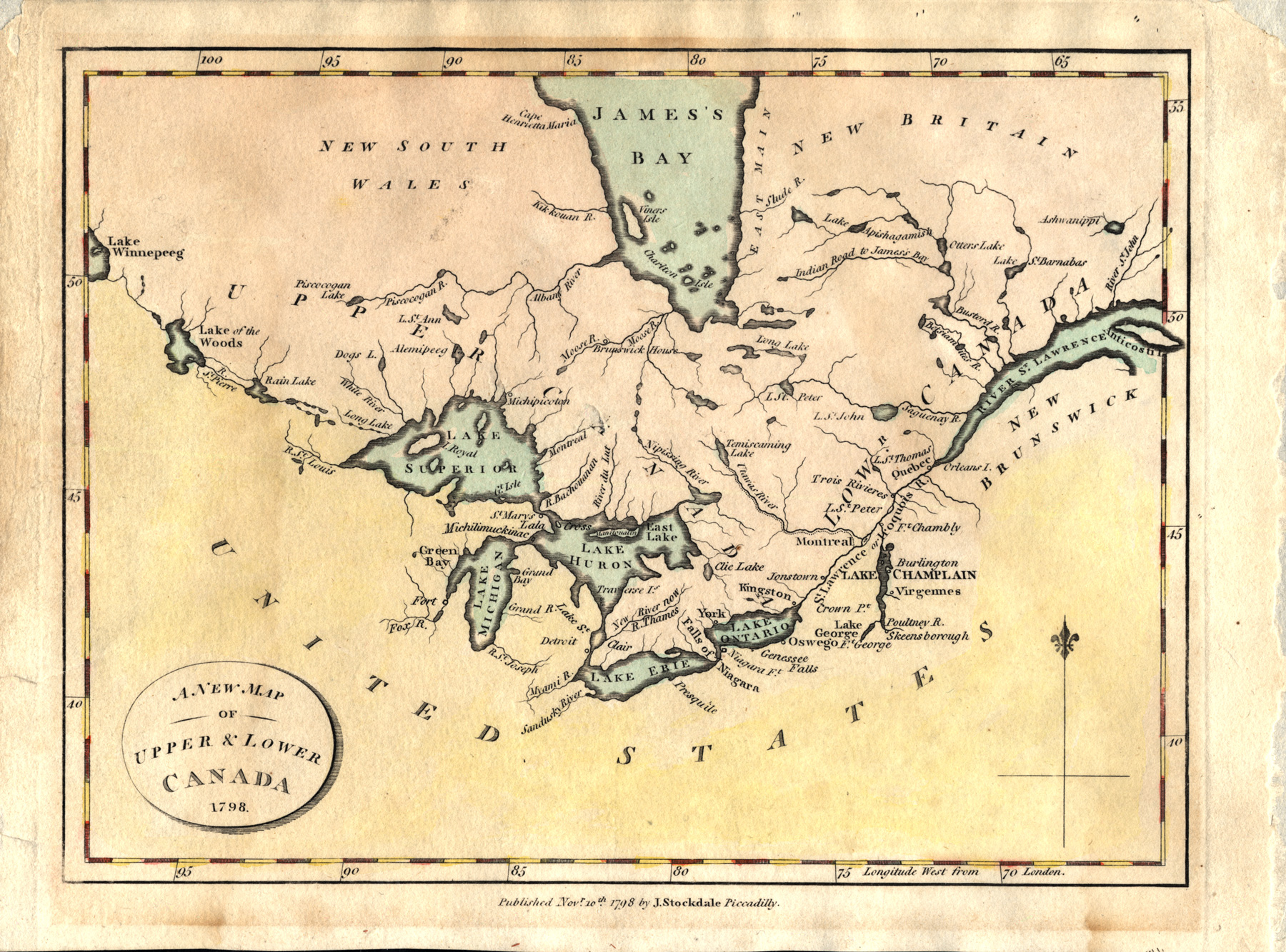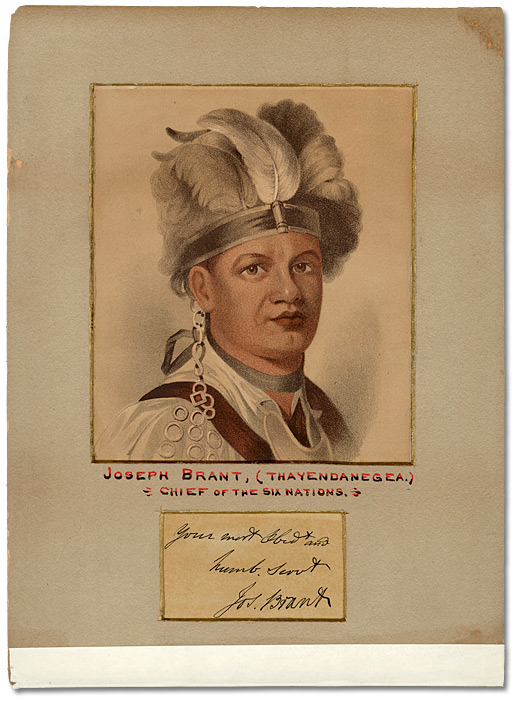
Previous | Exhibit Home | Next
In the 15th century, European colonial powers began to enslave and forcibly relocate African people to the Atlantic world. The Transatlantic Slave Trade spanned 400 years with more than 12 million African people held in bondage.
In Canada, the system of racial chattel slavery was introduced by the French in the 17th century. It was continued and expanded by the British after the Seven Years’ War. In New France, Indigenous people (often referred to as "panis") made up two-thirds of the enslaved population, with the remaining one-third being Black people. The first recorded enslaved Black person in Canada was a young boy, given the name Olivier LeJeune. He was sold in Quebec City in 1628. Olivier was designated a national historic person in 2022.
The Articles of Capitulation was signed during the Seven Years' War in Montreal on September 8, 1760. In this document, slavery became a protected right for white colonists:
“Negroes and panis of both sexes shall remain in their quality of slaves in possession of the French or Canadians to whom they belong; they shall be at liberty to keep them in the colony or sell them…” - Article 47 of the Articles of Capitulation, Montreal, September 8, 1760 |
After 1760, under British rule the majority of people enslaved in the colonies of British North America were Black people.

Stockdale Piccadilly
Samuel Peter Jarvis and William Dummer Powell Collection
Reference Code: F 31-B-36-03
Archives of Ontario, I0028705
After the British surrendered at the last major battle of the American Revolutionary War (1775-1783), those loyal to the British Crown (Loyalists) migrated in large numbers to Upper Canada. They brought with them the Black people they enslaved. Enslaved people were seen as property to be bought and sold. The arrival of the Loyalists greatly increased the number of enslaved people in Upper Canada.
The census return for Detroit in 1773, which included Sandwich and Windsor on the south shore of the Detroit River, counted Black and Indigenous people who were enslaved. It listed 6 enslaved men and 3 enslaved women. However just 7 years later in 1780 these numbers grew to 79 enslaved men and 96 enslaved women. Between the 1770s and 1834, there were more than 600 Black people in Upper Canada (present day Ontario) who were held in hereditary, generational bondage.
When compared to the United States and other plantation-based slave societies, enslaved people made up a small proportion of the population in Canada. It is a common belief that this indicates that slavery in Canada was more benign than elsewhere. This narrative erases the brutality of slavery as an institution. The small number of enslaved people suggests that they were scattered in isolation from each other, possibly with more intense surveillance by white society.
Slavery was widespread in Upper Canada. Claiming enslaved people as property was a symbol of status and power. While individuals from all levels of society enslaved Black and Indigenous people, many of the political and social elite were enslavers. This includes William Jarvis (Provincial Secretary), Colonel John Butler, James Baby (elected member of the legislature), Richard Beasley (trader and politician), Matthew Elliott (militia officer and Superintendent of the Indian Department), Peter Russell (politician), and Joseph Brant (Mohawk chief).

Click to see a larger image
Joseph Brant, (Thayendanegea)
Chief of the Six Nations
Reference Code: S 2076
Archives of Ontario, I0013621
![William Jarvis with his son Samuel Peters Jarvis, [ca.1791] William Jarvis with his son Samuel Peters Jarvis, [ca.1791]](../../../../images/slavery_uppercanada/slavery_new_france_upper_canada/wm_jarvis_and_son_520.jpg)
Click to see a larger image
William Jarvis with his son Samuel Peters Jarvis, [ca.1791]
James Earl
Oil on canvas
Royal Ontario Museum ©ROM, 981.79.2
![The Hon. Peter Russell [President and The Hon. Peter Russell [President and
Administrator of Upper Canada, 1796-99]
George Theodore Berthon](../../../../images/slavery_uppercanada/slavery_new_france_upper_canada/ac693124_russell_520.jpg)
Click to see a larger image
The Hon. Peter Russell [President and
Administrator of Upper Canada, 1796-99]
George Theodore Berthon
Oil on canvas, 43 X 33½", 109.2 x 85.1 cm
Government of Ontario Art Collection, 693124
In this video, learn how the street names in Windsor, Ontario reflect the names of prominent Enslaver families.